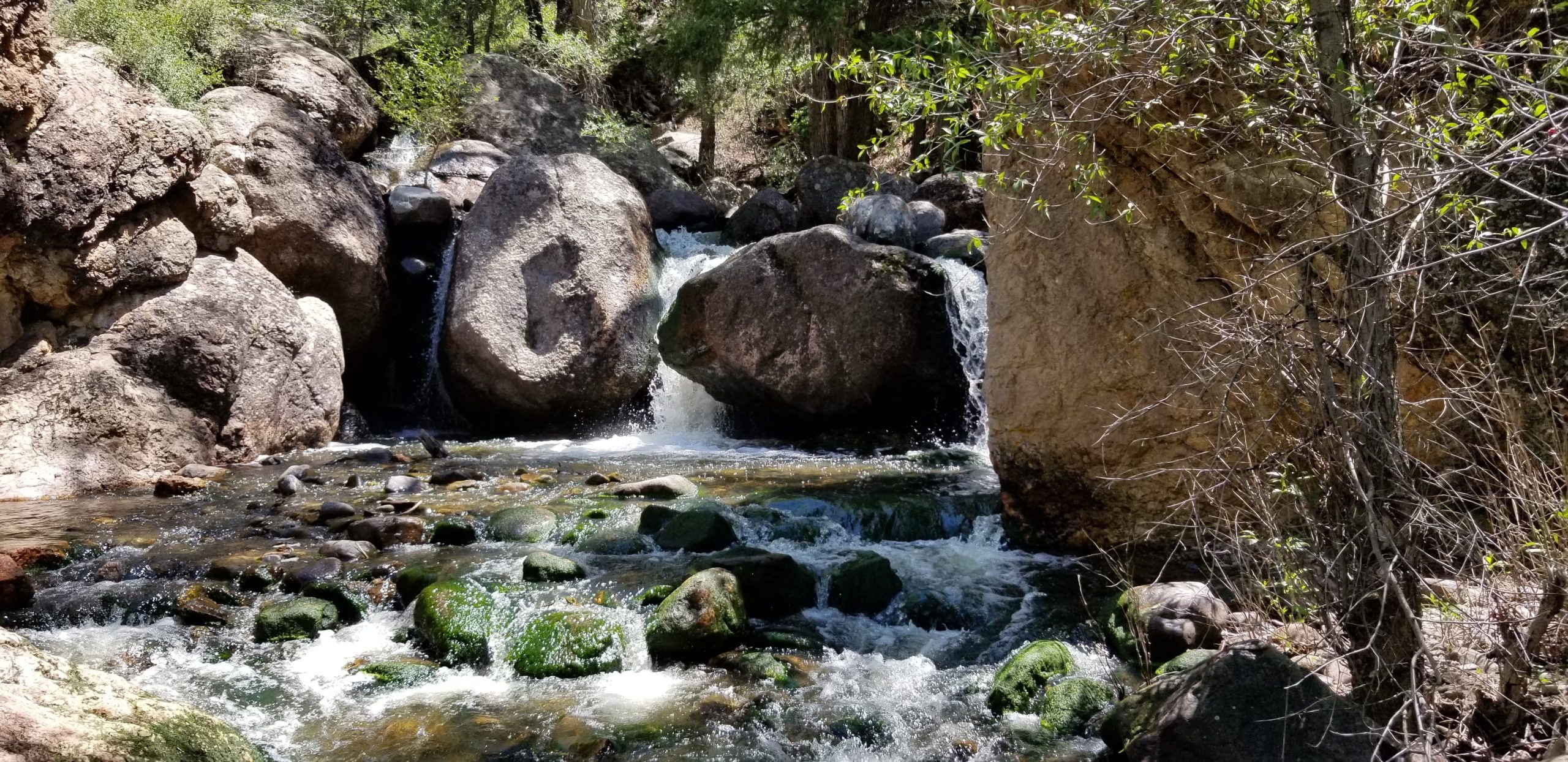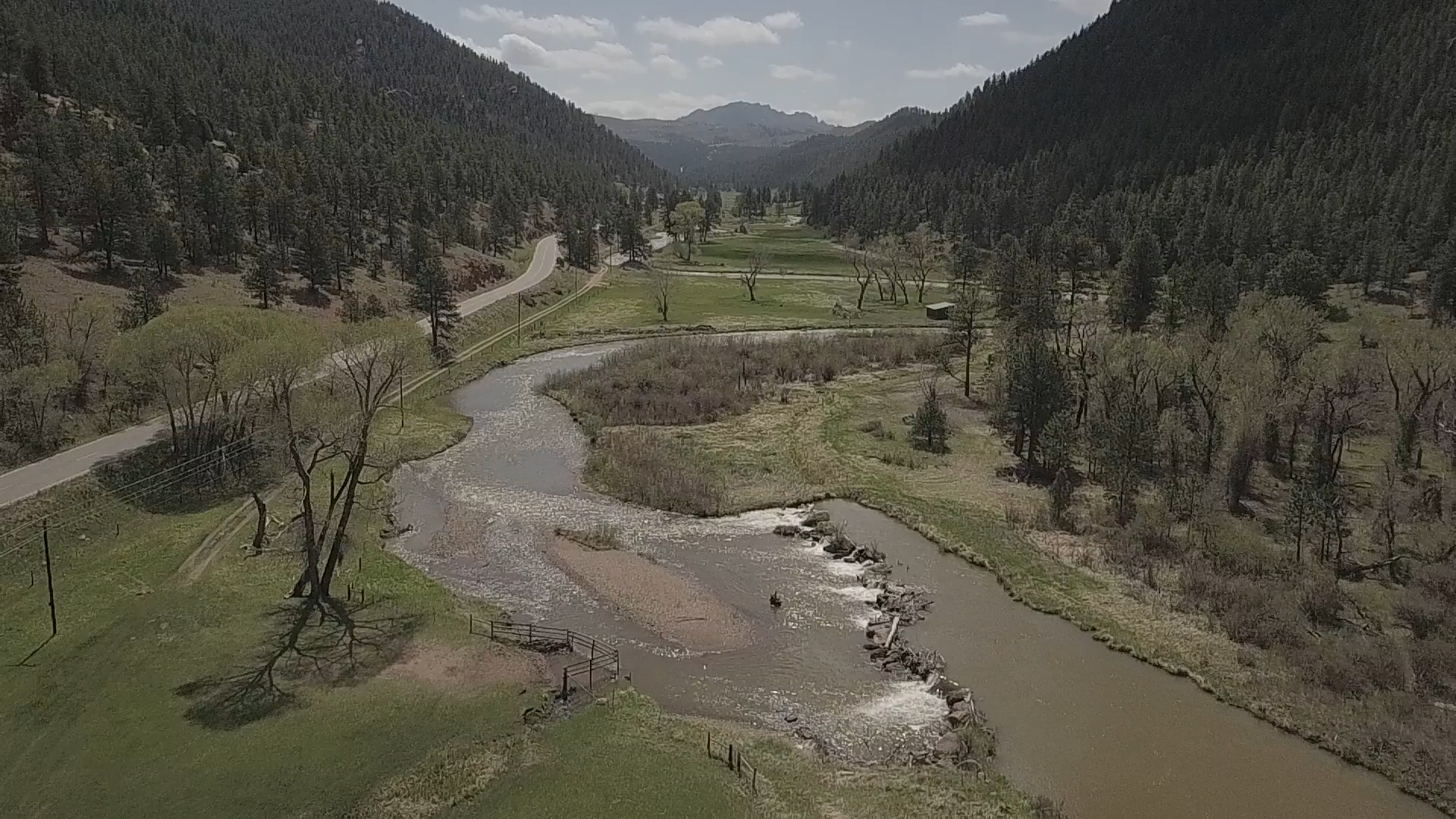
Snowpack succumbing to sunbaked soils
Colorado just completed its latest “water year” — the 12 months from Oct. 1 to Sept. 30 that hydrologists track for water trends — and one thing seems clear to Denver Water’s experts.
Late summer dryness is becoming something to watch almost as closely as winter storms.
Initial data suggests that low soil moisture — the result of a hot, dry, late summer in 2019 — converted last winter’s healthy snowpack into a depleted runoff this spring. The melting snow, instead of running downhill and into streams and rivers, soaked right into the parched ground, depriving waterways of precious cargo.
In other words, what looked to be a promising snowpack early in the 2019-20 water year never manifested itself with what should have been robust streamflows, the ones that fill reservoirs and keep water supplies strong.
There were plenty of other startling data points notched during the latest water year, most of which underlined a scorching, nearly rainless summer.
There was a new summertime record for 90-degree days in Denver (75 days). The third-driest water year on record, including a particularly parched and monsoon-less August. And — because it’s Colorado — some record early snowfall on the northern Front Range.
But the key takeaway for water managers might be the disconnect between snowpack and runoff, especially in the South Platte River’s watershed.
“We had a snowpack that peaked at 124% of normal,” in the South Platte basin explained Nathan Elder, Denver Water’s water supply manager.
That’s usually considered a strong haul for the cold-weather months.
But the runoff hydrologists might have expected from such a strong snowpack never materialized.
At a key measuring point — where the North Fork of the South Platte meets with the river’s mainstem southwest of Denver — natural flow was a drooping 54% of average.
“A lot of the melt never made it to the streams,” Elder said.
Typically, analysts see a correlation between peak snowpack and peak runoff volumes.
But instead, this year, they saw a dissonance, “an anomaly,” Elder said, unseen in the South Platte Basin since the drought year of 2002.
“It was a surprise year, in terms of the difference between what we received and what we expected,” said Jeremy Allen, water supply planner for Denver Water.
Denver Water’s hydrologists haven’t yet drawn a final picture on why the discrepancy was so large, but soil moisture is a leading suspect. A dry spring probably exacerbated the problem.
“We think a lot of runoff just got sucked into the soil, like a sponge. It’s a theory at this point — and we think another big factor is that things heated up quickly (in the spring), so the snow probably sublimated,” Allen said, meaning the snow moved immediately from the frozen state, ice, to the vapor state, due to warm air.
Unfortunately, the same late-summer period in 2020 was even drier than in 2019, potentially setting up the same problem for the melt season next spring.
“These are emerging patterns we worry about, with climate change,” said Taylor Winchell, an engineering associate on Denver Water’s climate team.
“For the late summer/early fall periods of 2019 and 2020, Colorado saw lots of records and near records for heat and dryness. We’re feeling those impacts — from water supply concerns to record wildfires burning throughout the state — and the science shows it will continue to get much warmer. We must continue to adapt for an uncertain climate future.”
There are threads of good news in all this.
Denver Water customers did a good job using water wisely this summer.
So many people at home during the coronavirus pandemic did result in higher-than-normal usage — but the volumes were lower than in similarly scorching summers of the past.
That, combined with good carry-over storage from 2019, left Denver Water reservoirs in relatively good shape, Elder said.
Denver Water’s reservoir levels stood at 82% in late October. That’s lower than the 87% figure that is average for this time of year, but still at a level Elder considers strong after such a dry summer and early fall.
He credits ongoing customer education stemming from the 2002 drought, Denver Water’s tiered rate structure that charges higher rates as usage increases and summertime watering rules that institutionalized what used to be drought restrictions.
Those permanent summertime rules limit outdoor watering to three times a week between 6 p.m. and 10 a.m. in the warmer months.
Some quick hits from water year 2020, most of which undergird the poor runoff story.
- The water year ended with a 3.33-inch precipitation deficit in Denver Water’s South Platte Collection System and 4.9-inch deficit in its Colorado River Collection System. The only “good news” is those deficits weren’t as bad as the dry water years of 2018 and 2012.
- August was particularly bad. It was the driest, hottest summer month in the record books in western Colorado. And in Denver Water’s collection system, precipitation was 10% of average, with one-fifth of an inch of rain in a month where we often enjoy soaking afternoon monsoons.
- The dry trend stretched beyond the boundaries of the water year. The 12-month period from Aug. 1, 2019, through July 31, 2020, was the third driest on record, exceeded only by the same period in 2001-02 and 1962-63.
- It wouldn’t be Colorado unless we could include a counterfactual water year surprise. A cold front in early September brought an early snowfall, the earliest on record for Fort Collins (Sept. 8, beating the earlier record of Sept. 12) and Boulder. In some places the snowstorm came right after some weather stations in Colorado recorded their latest-ever 100 degree marks.



